If you’re looking for a way to spice up your vegetable garden and your diet, you might want to consider chayote. Chayote is a type of squash that has a mild and slightly sweet flavor, and can be eaten raw or cooked in various dishes. It is also a powerhouse of nutrients, containing vitamin C, folate, potassium, fiber, and antioxidants.
More importantly, it is also very easy to grow in containers, making it a perfect choice for urban gardeners who have limited space or soil quality. All you need is a large pot, some potting mix, a trellis or stake, and a chayote fruit with a sprout.
In this article, we will show you how to grow chayote in a container, from planting to harvesting, and share some tips and tricks to make your chayote gardening experience a success.
1. Choose The Right Chayote And Container
When it comes to chayote, bigger is better. A container that’s at least 5 gallons is perfect for your chayote to grow and thrive. Ensure that the container is equipped with proper drainage holes to prevent waterlogging, as this can potentially result in root rot.
Choosing the right chayote also promises a bountiful harvest. Go for ones that have a sprout or a bud at the end. Your chayote should also be plump, firm, and free from wrinkles or soft spots.
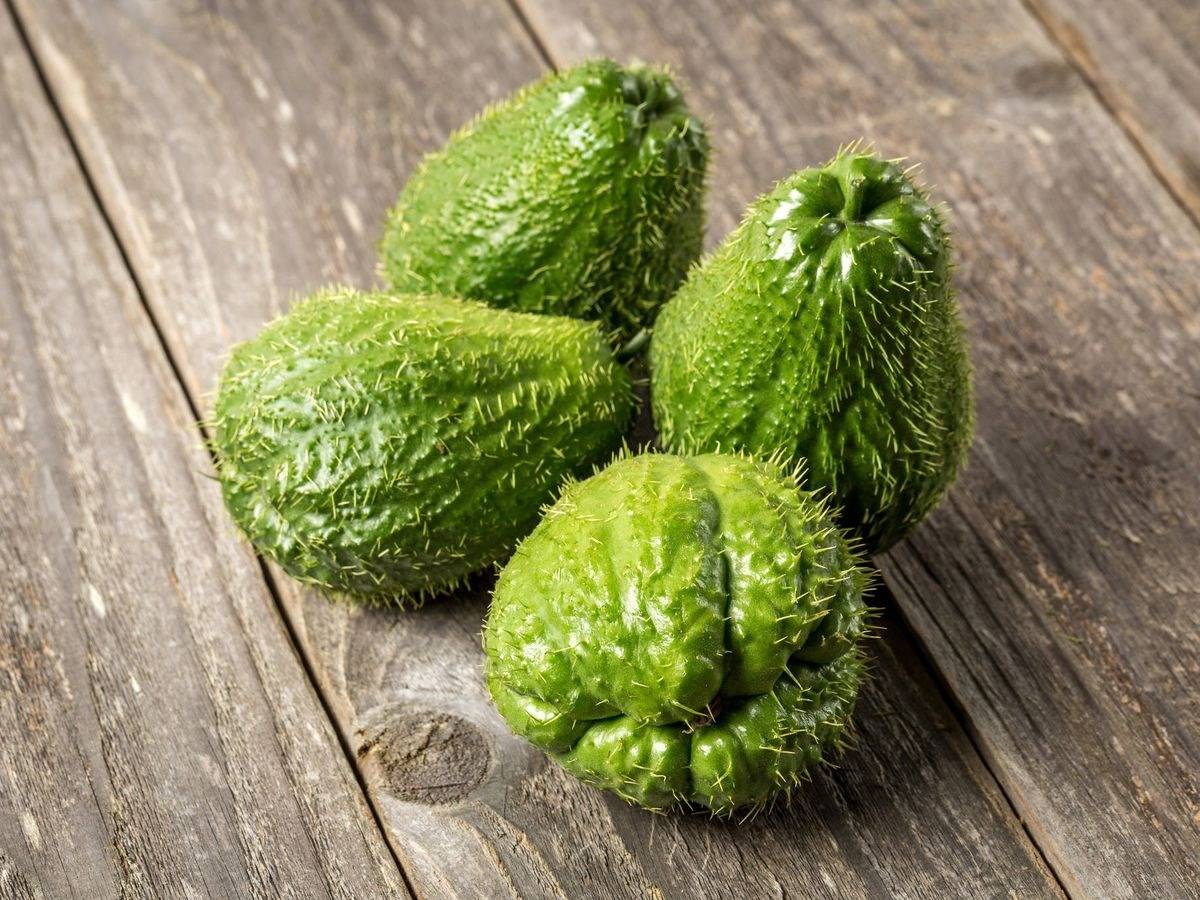
2. Planting Chayote In Containers
Here are some steps to follow if you want to grow chayote in a container:
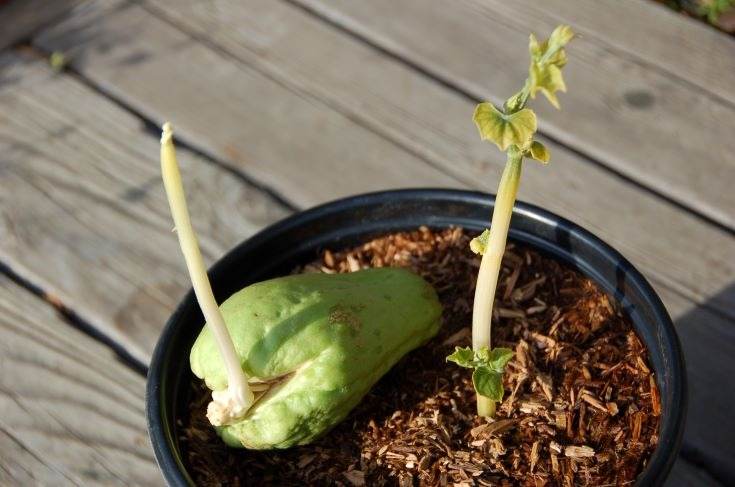
- Fill your spacious container with well-draining potting mix, leaving just a small depression in the center.
- Then, you need to plant the chayote fruit in the center of the container, with the sprout pointing upwards. Cover the fruit with soil, leaving the sprout exposed.
- Chayote is a climber that can reach up to 30 feet in length., so it craves a trellis. Encourage your chayote to spread by providing it a sturdy support system. You can use a horizontal or a vertical trellis, depending on your space and preference. Make sure the trellis or stake is strong enough to support the weight of the vine and the fruits.
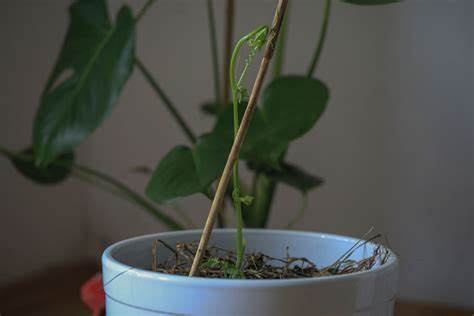
3. Tender, Loving Care
Chayote loves sunlight, so give it a prime spot with at least 6-8 hours of sunlight per day.
Water your chayote consistently but don’t flood it. Be careful with the soil moisture – not too wet, not too dry, just right. Chayote likes it mild, not extreme. During hot weather, it’s best to water chayote once or twice a day.
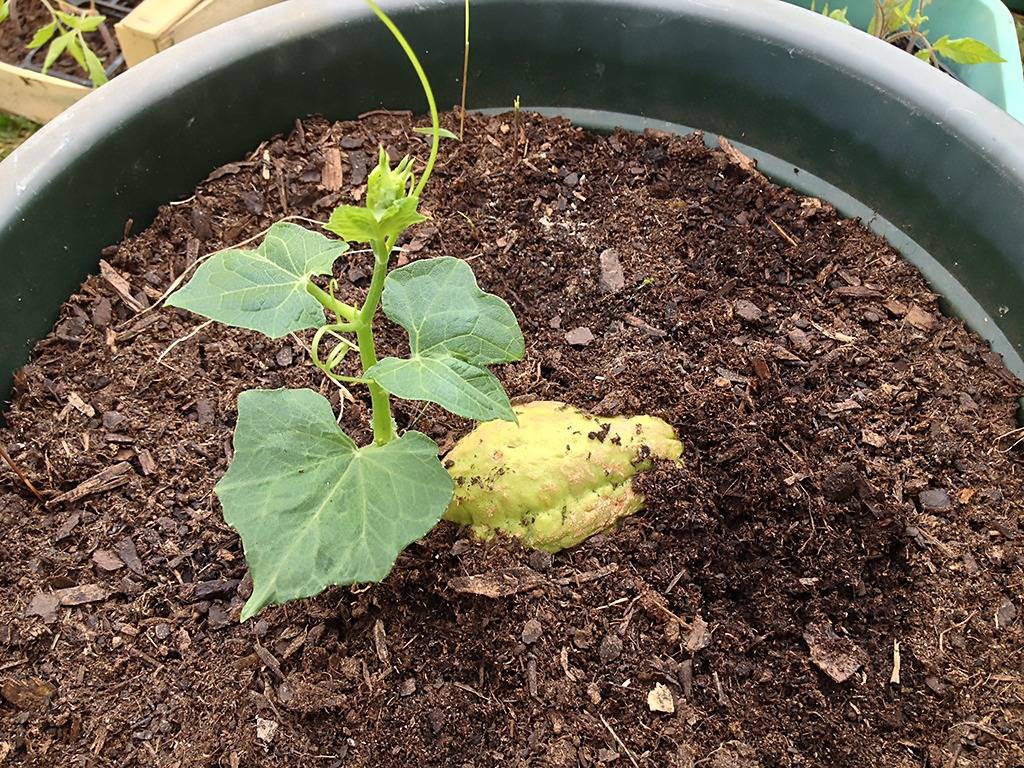
Fertilize your chayote every 2-3 months with a balanced fertilizer, such as 10-10-10 or 20-20-20. You can also use organic fertilizers, such as worm castings, compost tea, or fish emulsion.
It is also recommended to prune your chayote vine to control its growth and encourage fruiting. Chayote can grow up to 50 feet long, so you need to trim it back regularly to keep it manageable. Cut off any dead, diseased, or damaged stems and leaves, and remove any suckers that grow from the base of the vine.

Chayote is susceptible to aphids, spider mites, whiteflies, leaf miners, caterpillars, and snails. You can prevent or control these pests by spraying your chayote with insecticidal soap, neem oil, or BT (Bacillus thuringiensis). You can also use physical barriers, such as bird netting, row covers, or copper tape.
4. Harvesting Time
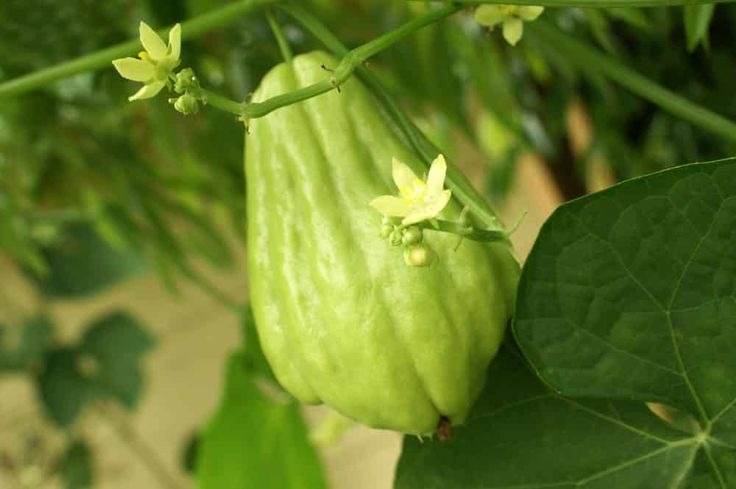
Chayotes are ready to be picked when they reach a size of about 6 inches. Gently twist them off the vine or use a knife. Chayote plants are cold hardy down to 0º C (32 F), but will be killed by hard frost. Therefore, they should be harvested before the harsh frost attacks the leaves.
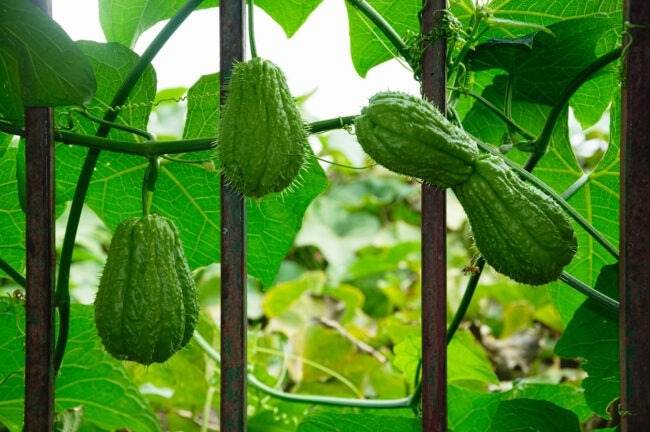
We hope this guide will help you grow chayote successfully in the container. With a roomy container, some TLC, and a dash of sunshine, you’ll soon be savoring the fruits of your chayote-growing labor.
